
Cover Crops
Queensland grower Mark Fritz shares two decades of lessons using cover crops in a potato farming system. From improving yields to reducing inputs, his practical approach offers insights for anyone looking to build soil health.
The soil ecosystem directly impacts crop yield and quality. In recent years, there has been growing interest in sustainable farming practices that improve soil's biological, chemical and physical characteristics. Biofumigation is one of these sustainable practices discussed in this PotatoLink magazine article.
Read the recap of a PotatoLink event held for the potato industry at the Kaloorup Fire Shed in Jindong in the afternoon of the 15 August 2023.
Join leading biofumigant and cover crop researchers John Duff (QDAF) and Mieke Daneel (ARC, South Africa) as they discuss what biofumigants are how they work, how they can be used for disease and nematode management and wha to consider when choosing biofumigant species.
Three successive La Niña seasons have left prime potato growing areas waterlogged. Challenges for growers are evident at every stage, from managing seed, planting, crop management and storage. Paulette Baumbartl covers all the key points in this article in Issue 8 of PotatoLink magazine.
Planting cover crops improves soil structure and health, controls soilborne disease and weeds, reduces erosion and nutrient loss, and adds nitrogen. Dr Kelvin Montagu delivered an interactive online training course on cover crops for potato farmers and agronomists.
Potato grower, Darren Long and Dr Kelvin Montagu talk all things cover crops and discuss how they can assist with building up soil health – including practical tips & tricks!
This PotatoLink magazine article discusses making the most of the quieter months preparing for next season’s crop — checking long-term weather forecast, soil testing, checking irrigation equipment, considering drainage, and managing pests and disease.
In this video, Tasmanian grower James Addison discusses the value of cover cropping in maintaining soil health and increasing productivity in potato production.
Have you been thinking about implementing cover crops on your property? Would you like to know more about how they can interact with your farm’s natural systems? What they cost? what benefits they can create? Read this Soil Wealth Integrated Crop Protection factsheet that goes into the economics of cover crops and what they can do for you.
Biology
Biological products, or biologicals, are a diverse group of agricultural inputs derived from living organisms such as plants, insects, microbes, or fungi. In potato production, these products can be used alongside conventional management practices for a variety of purposes such as improving nutrient efficiency and pest and disease management.
A healthy soil is full of life. All organisms have a role to play in maintaining a healthy and productive soil. This factsheet covers the benefits of soil biology, harmful microbiota, and how to improve soil biology.
A recent PotatoLink demonstration trial at Springbank, Vic, investigated the impact of farm practices on the effectiveness of biologicals, including the application of fungicides, the influence of soil nutrient availability, and fertiliser applications. In Issue 10 of PotatoLink magazine you will find all the details of the trial as well as the results.
Doctors Ingo Hein, Sanjeev Sharma and Xinwei Chen talk to PotatoLink about their research, and the exciting new world of advanced potato breeding.
Understanding and managing the interacting components of soil health - physical, biological and chemical factors - is essential to create robust and productive soils that are able to sustain commercial potato production. This PotatoLink magazine article examines some aspects of soil physical properties and how they impact agricultural practice (and how agricultural practices impact soil physical properties).
Soil fumigation can play a role in managing major disease issues. In this episode, Applied Horticultural Research's Dr Jenny Ekman discusses soil fumigation with Chad Hutchinson of the TriCal group.
This case study covers the mycorrhizal fungi trials hosted at the Bolwarrah, VIC demonstration site. It covers what the trial was, what happened, and some tips on getting the most out of your mycorrhizal fungi products.
Developed by SARDI (South Australian Research and Development Institute), PREDICTA Pt is a commercial DNA testing service that can identify which pathogens are in the soil or skin of seed tubers.
In Issue 05 of PotatoLink magazine, Ryan Hall and Jenny Ekman from the PotatoLink team report on PREDICTA Pt including a 5-year case study describing its use in monitoring powdery scab and rhizoctonia on a commercial farm.
The rising costs of labour, fuel, power and fertiliser, coupled with a desire to embrace more sustainable practices, are driving the uptake of new biological and biostimulant products among potato farmers. Read more about biologicals in this PotatoLink magazine article.
Watch this panel discussion and the last soil biology masterclass with potato growers across Australia and see many of your questions answered.
The third soil biology masterclass was delivered by PotatoLink team member Marc Hinderager, looking into nitrogen availability in potato and cover crops, and its impact on soil biology.
In this second soil biology masterclass, Dr. Calum Wilson explains about the good, the bad and ugly ones in the soil and how they interact, and what you can do to keep them in balance to protect your potato crop.
The first soil biology masterclass was delivered by Dr. Kelvin Montagu, looking at the linkage between key soil functions and soil biology, and the interactions between plant roots and soil biology.
The 2-hour masterclass aims to provide potato growers and advisers with the understanding they need to improve soil biology, potato yields and their bottom line.
Albert Schirring covers the role of biologicals in soil health and the opportunities in enhancing crop productivity in potatoes.
Soil health is closely linked to soil microbiology. This fact sheet outlines information on a broad group of soil microbes including fungi, bacteria and pseudomonas, and explains how different levels, numbers and ratios of these microbes can impact the overall health of your soil and crops.
The Potato Pest and Disease R&D Coordination project and the Soil Wealth and ICP project, together with McCain and Nutrien, delivered an informative session on biologicals R&D resources, products and testing options for potato growers.
The diseases caused by Spongospora subterranea (tuber powdery scab and root hyperplasia) can cause significant yield and quality loss. Not all soils are equally susceptible to this disease. This 2020 report determined factors that resulted in Spongospora suppressive soils in New Zealand.
Find out more about good salinity management practices on farm, salinity thresholds for vegetables, how salinity can be identified and measured, as well as appropriate EC ranges for soils and water.
Tospoviruses cause large losses of product across the supply chain. Whilst some species such as Tomato spotted wilt virus (TSWV) are present in Australia, others are not and represent a significant biosecurity threat. This 2019 report compiles important DNA information that could be used with modern biotechnology to develop new and effective controls.
This Hort Innovation report covers the current state of knowledge of soil health, with the use of over 220 references from both Australian and international sources. This report also covers various workshops media articles, videos and a factsheet associated with soil health in potato production.
This case study outlines the economic considerations when using compost in vegetable production systems. It is based on lessons learned from several Soil Wealth and Integrated Crop Protection (ICP) demonstration sites, during the period 2014 to 2016.
This case study provides a unique long-term grower perspective on using compost on a commercial vegetable farm. Learn more from Sam Calameri of Baldivis Farms in Western Australia who started trialing compost on-farm more than 10 years ago.
Tillage
Reduced tillage agriculture has emerged as a sustainable and innovative approach to farming, offering numerous benefits to both farmers and the environment. This PotatoLink magazine article, shares some examples of growers who have incorporated reduced tillage into their farm practice and research seeking to quantify outcomes when tillage practices are altered.
This PotatoLink magazine article discusses making the most of the quieter months preparing for next season’s crop — checking long-term weather forecast, soil testing, checking irrigation equipment, considering drainage, and managing pests and disease.
Hear from industry experts on how strip-till will save you fuel and time, increase soil organic matter, reduce erosion and compaction, and how fertilisers’ can be banded at multiple depths.
Rotation
Andrew Tempra from Tempra Bros Pty Ltd, a grower from Manjimup, Western Australia, cultivates 35 hectares of potatoes annually, evenly split between fresh market supply and processing for French fries through WA Chip.
In Issue 15 of PotatoLink magazine, we caught up with Andrew to discuss his practices for improving soil health and potato quality on his farm.
The correct interpretation of the report, is vital to ensure fertiliser applications are adequate to supply crop requirements. This factsheet covers important considerations while soil sampling and testing, the common parameters tested and which nutrients can be reported.
This 2001 report was the first study into the influence of crop rotations on disease and yields in the Australian potato industry. The report found that while there were some significant advantages to crop rotations there were still some disease issues that persisted.
Soilborne Disease Detection
Shakira Johnson (AUSVEG) breaks down key biosecurity risks for potato growers—starting with infected seed—and offers practical steps to keep pests, diseases, and weeds off your farm. From certified seed to clean water and machinery, this article outlines what to check, record, and monitor to protect your crop and soil.
Developed by SARDI (South Australian Research and Development Institute), PREDICTA Pt is a commercial DNA testing service that can identify which pathogens are in the soil or skin of seed tubers.
In Issue 05 of PotatoLink magazine, Ryan Hall and Jenny Ekman from the PotatoLink team report on PREDICTA Pt including a 5-year case study describing its use in monitoring powdery scab and rhizoctonia on a commercial farm.
This PotatoLink magazine article discusses making the most of the quieter months preparing for next season’s crop — checking long-term weather forecast, soil testing, checking irrigation equipment, considering drainage, and managing pests and disease.
This fact sheet provides guidance on the importance of monitoring soil-borne diseases, including tips for understanding and managing soil-borne disease risks.
Precision Agriculture
From canopy-targeted spraying to reducing soil compaction, drones are changing how potato growers manage crops. We spoke with contractor Rhys Muir to learn how this tech is being used in the field — and what it means for the future of farming.
The R&D forum held in Brisbane on the 4th of June showcased Australian potato levy-funded R&D and other projects, highlighting practical outcomes and insights that support real-world adoption on-farm. View the presentations here.
New seed sensing tech helps pinpoint missed or doubled seeds in real time—boosting accuracy and yield while cutting waste. Read more to learn about developments in ag-tech in the potato industry.
Autonomous technology will change the way we farm; and probably sooner rather than later. With efficiency and sustainability closely linked, the advantages of autonomous robots are hard to ignore. Read more in Issue 15 of PotatoLink Magazine.
Join the PotatoLink team as we speak with Vee Gururajan from HarvestEye and Abe Montano from Elders as they explain the new technological developments that may make accurate, GPS based, yield monitoring an easy activity in potato production.
Following a PotatoLink online training webinar with senior members of the Bureau of Meteorology, Paulette Baumgartl has compiled a comprehensive article in Issue 09 of PotatoLink magazine pointing out that behind the weekly temperature and rainfall forecasts, and the much-loved radar, sits an abundance of data, both raw and interpreted. If you know where to look, this data can be a useful decision-making tool.
PotatoLink held a research and development forum in Adelaide on 5 June 2023. The seven speakers covered a range of topics including diseases, irrigation, monitoring technology and more. Below are recordings of the presentations given on the day.
In Issue 02 of PotatoLink magazine, you can read the article on the CROP.ZONE Integrated weed management system used as an alternative to herbicides to terminate potato crops.
PotatoLink team member Frank Mulcahy discusses historical mapping and crop conformance, redictive crop modelling, pioneering Variable Rate Irrigation (VRI) on farm and results from finished 2 year project on spatial variability in potato crops.
Watch this webinar presented by Frank Mulcahy to learn how soil mapping (EM38) can assist potato growers with better yields.
As it warms up and your potato crop gets going Dr Kelvin Montagu and Marc Hinderager talk practical tools to help scheduling and monitor irrigation in potatoes.
This poster provides a snapshot of variable rate application, the options available, why and how to do it, key questions to keep in mind and more information on the practical tips and tools available.
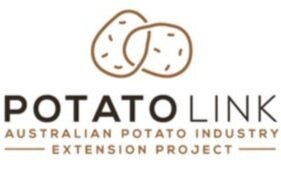

















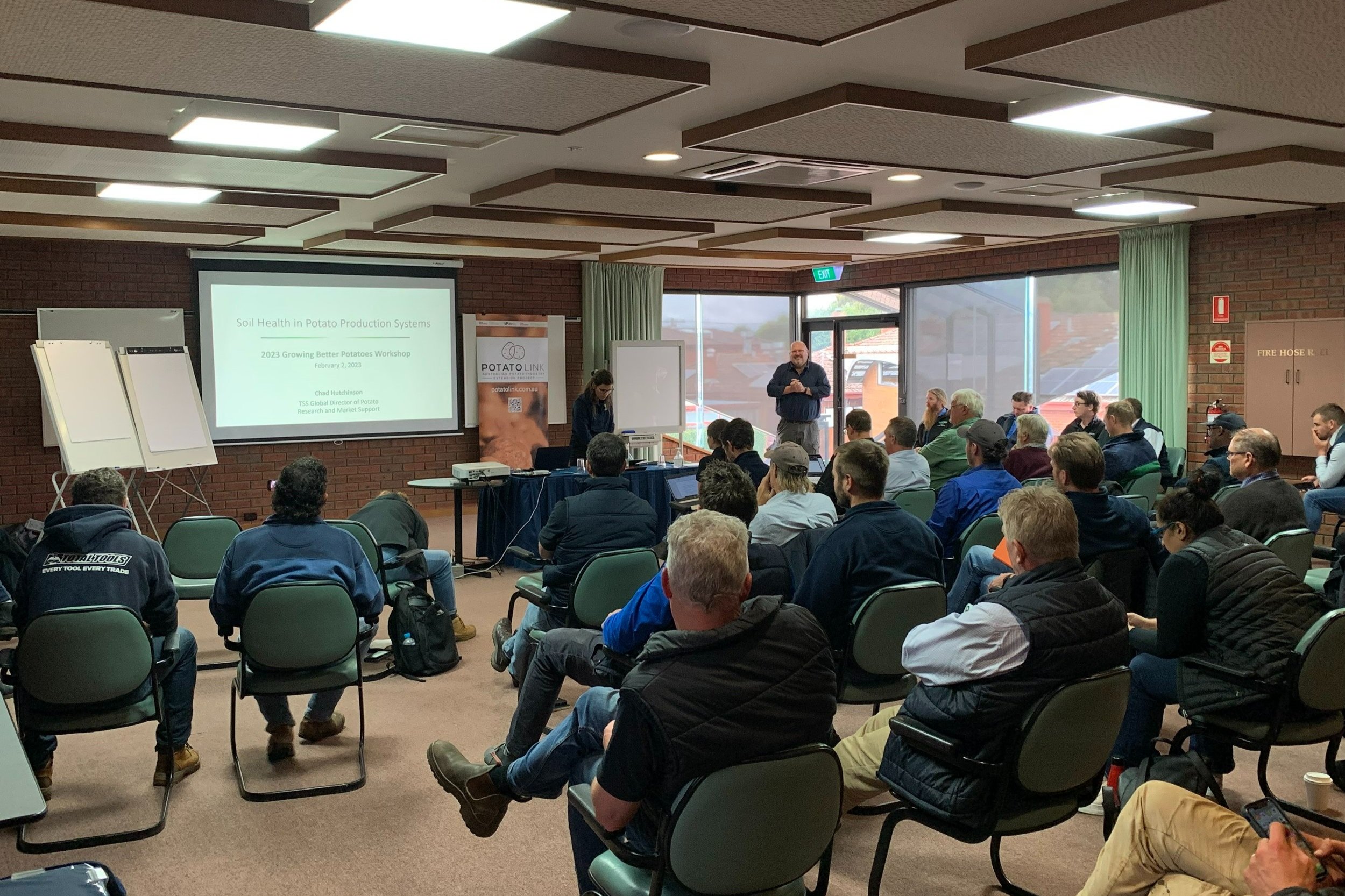
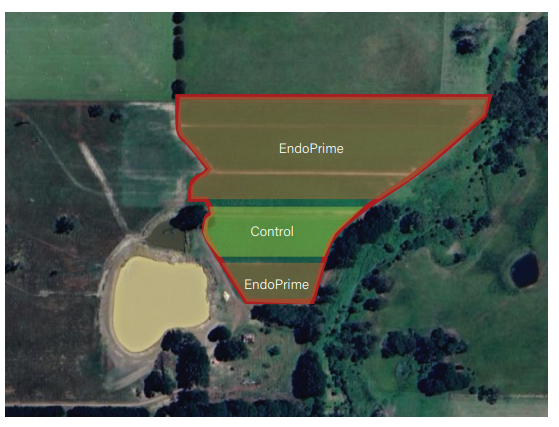





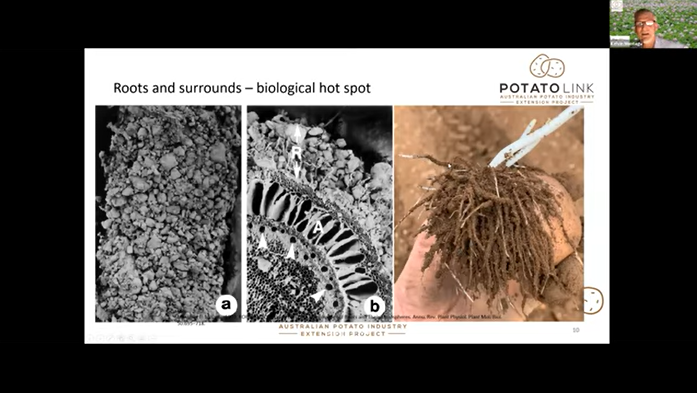




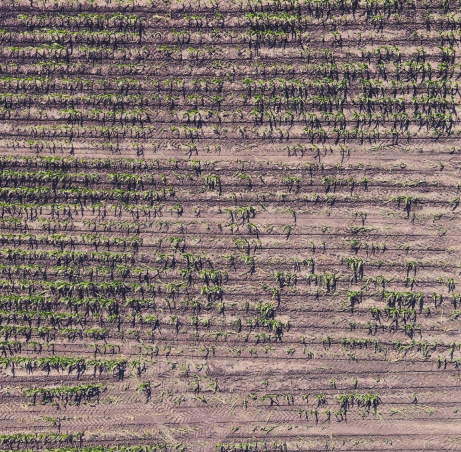




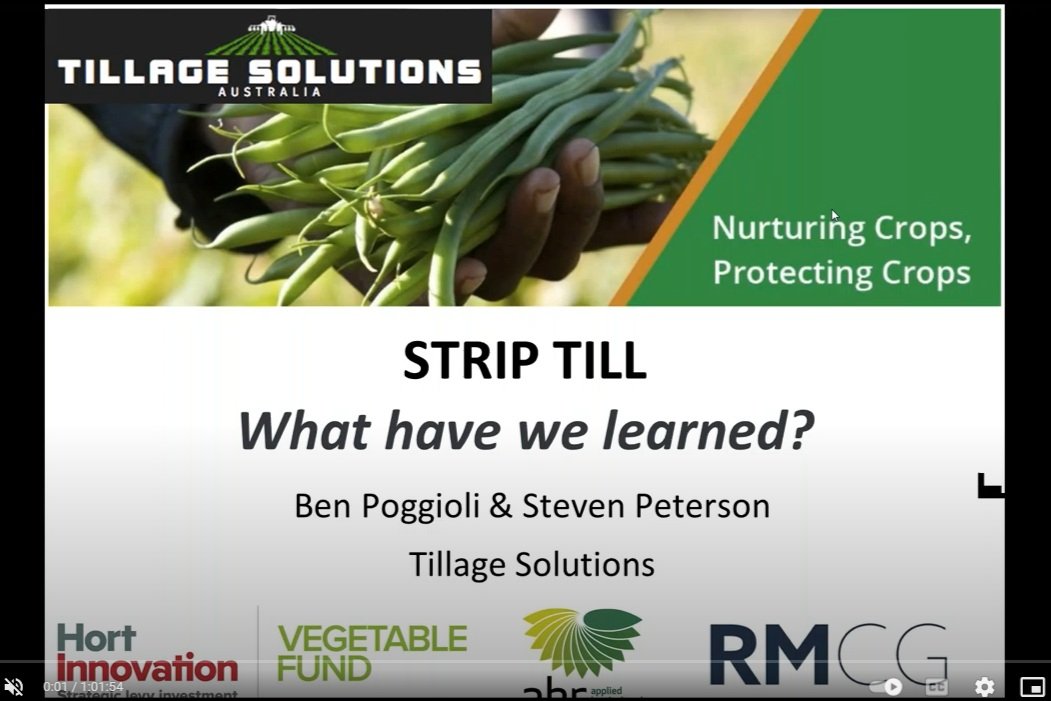





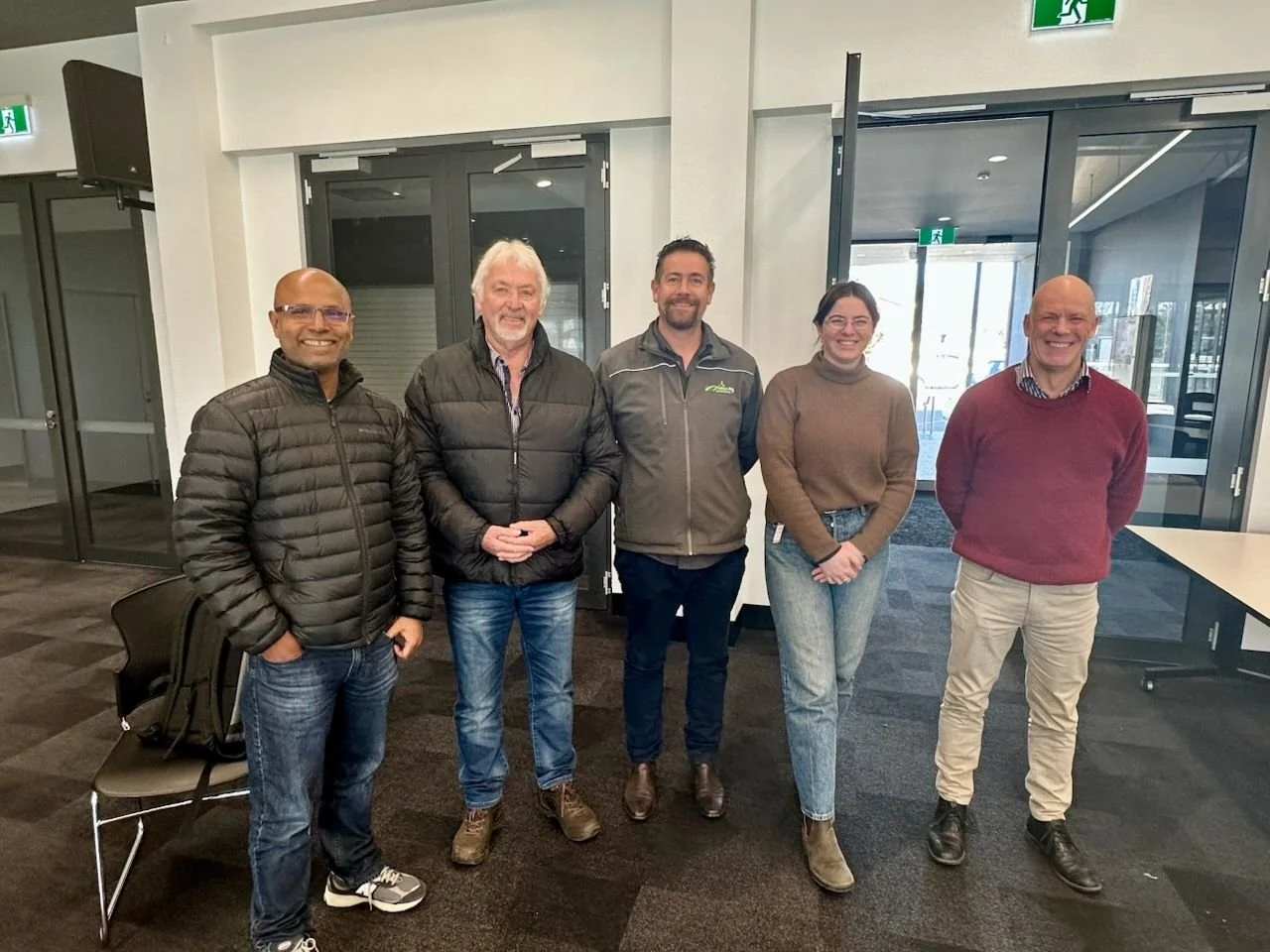
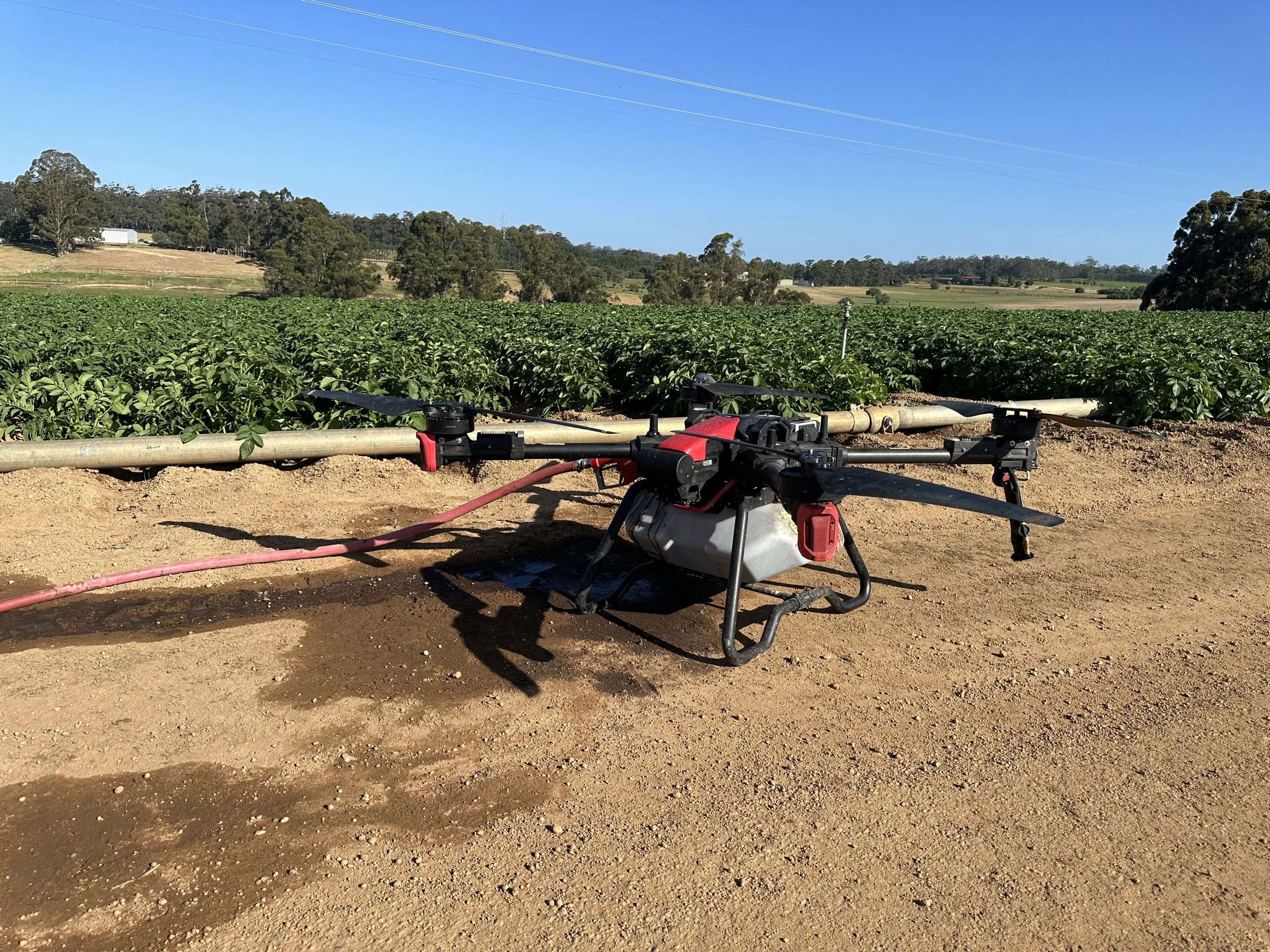




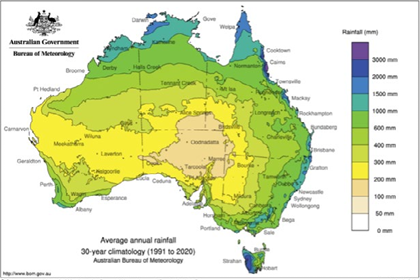





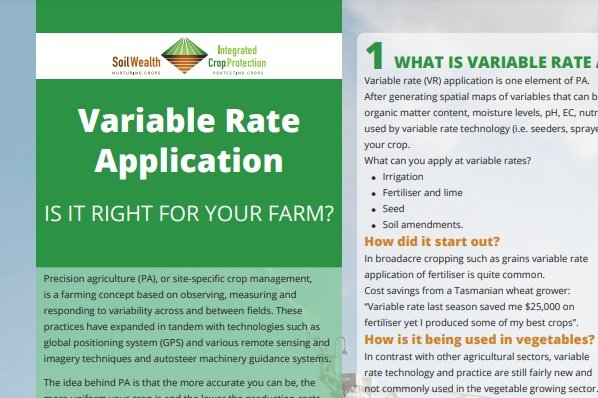
Andrew Tempra from Tempra Bros Pty Ltd, a grower from Manjimup, Western Australia, cultivates 35 hectares of potatoes annually, evenly split between fresh market supply and processing for French fries through WA Chip.
In Issue 15 of PotatoLink magazine, we caught up with Andrew to discuss his practices for improving soil health and potato quality on his farm.